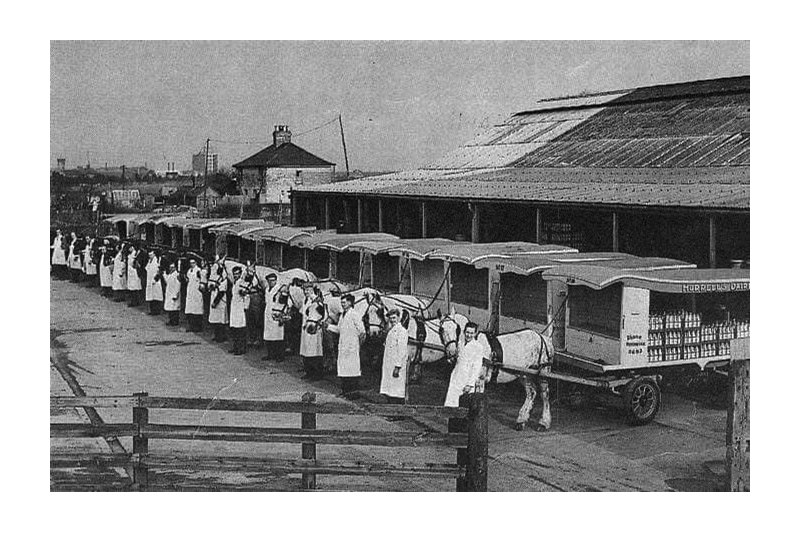At the beginning of the 20th century there were three and a half million equines, of multiple breeds, employed in the nations transport and agriculture, in London alone there were 11,000 hansom cabs plying for trade as well as horse drawn buses, private traps and gigs and a multitude of other delivery companies and tradesmen conveying their wares, that required a continuous supply of replacements and so the Welsh Cob was in demand to keep the city fed and moving.
The theme of this year’s Aberaeron Welsh Pony and Cob Festival was “Cardi’s and Cockneys” and it highlighted the relationship between the Cardiganshire pony and cob breeders and the users of quite literally tens of thousands of those ponies and cobs on the streets of London in the late 19th and early 20th centuries.
At the beginning of the 20th century there were three and a half million equines, of multiple breeds, employed in the nations transport and agriculture, in London alone there were 11,000 hansom cabs plying for trade as well as horse drawn buses, private traps and gigs and a multitude of other delivery companies and tradesmen conveying their wares, that required a continuous supply of replacements, work on the London cobbles being very hard on joints and tendons.
You can read the full article by Steve Everitt in the September issue of Carriage Driving magazine - out on 31st August. To order a copy call our Subscriptions Team on 01722 716997
